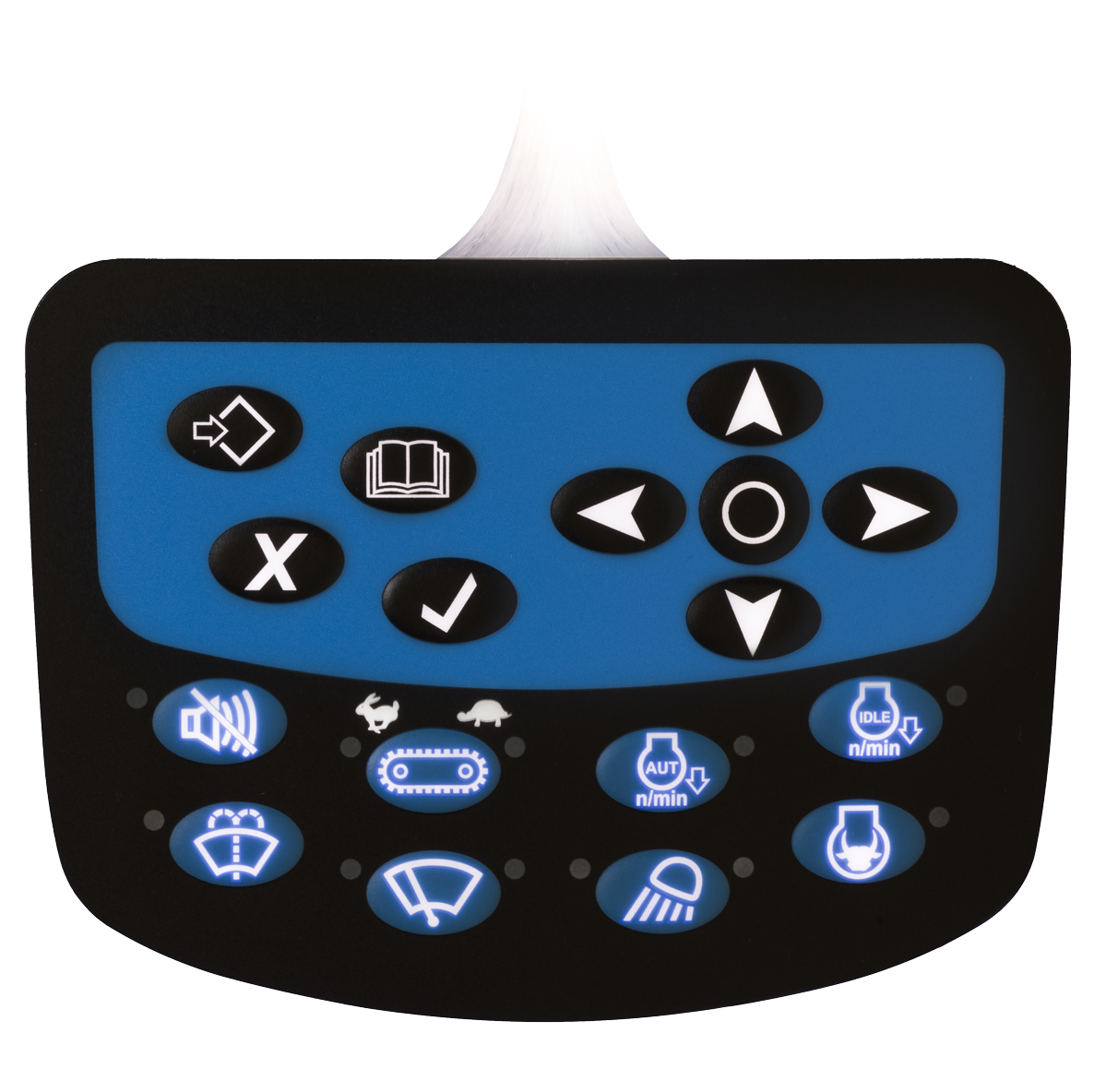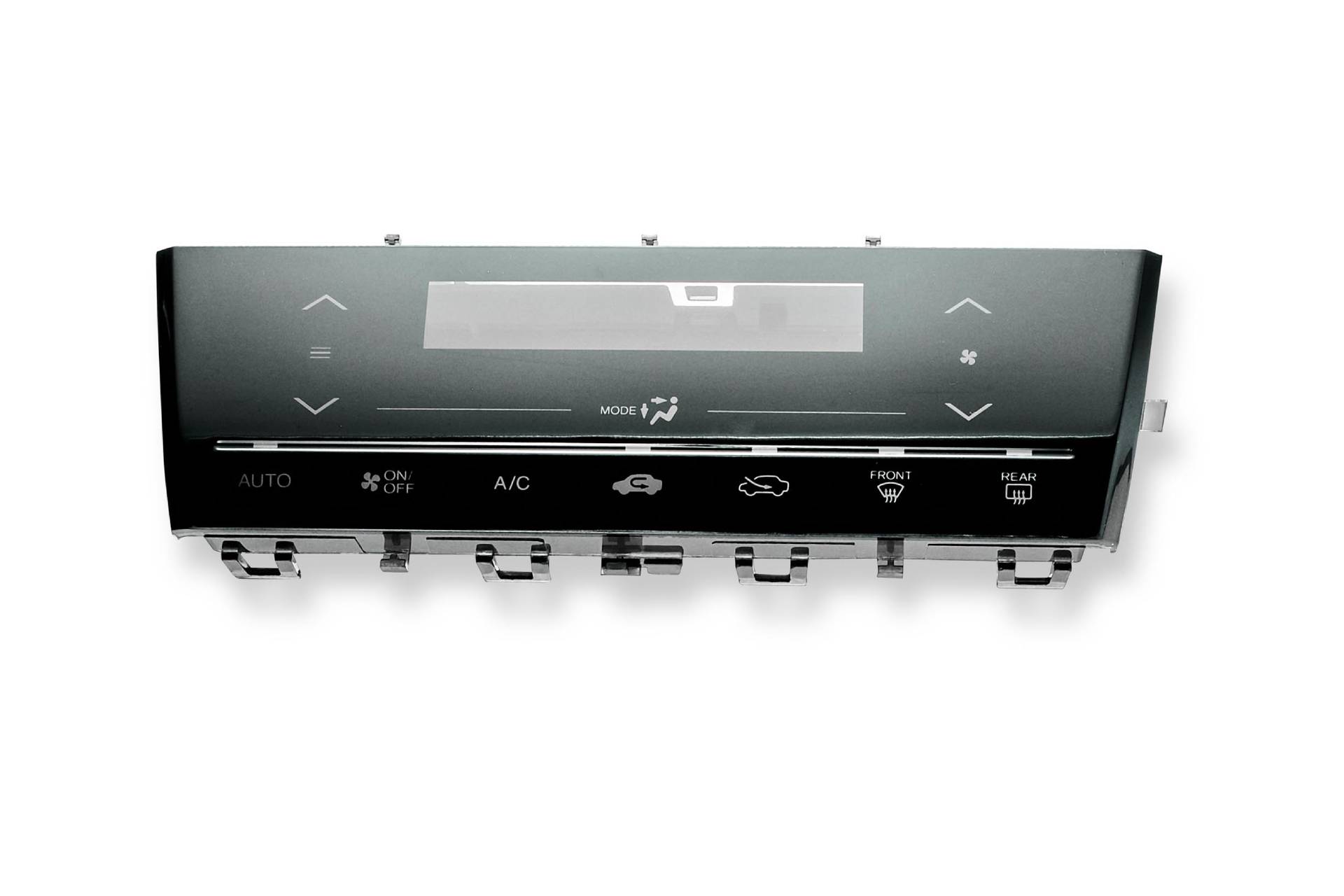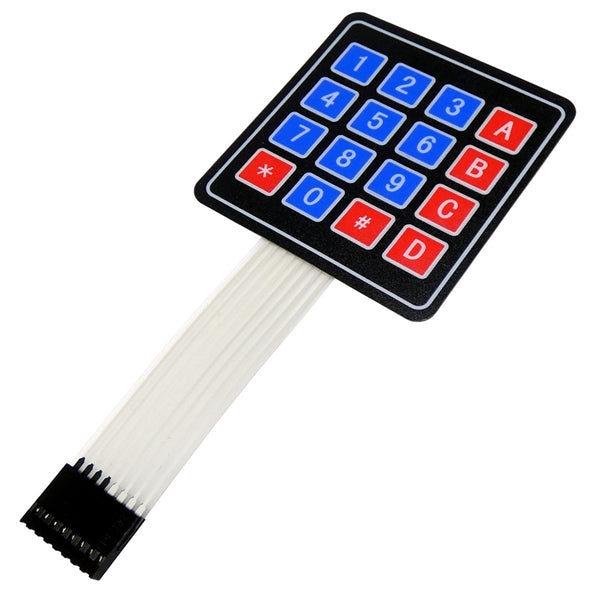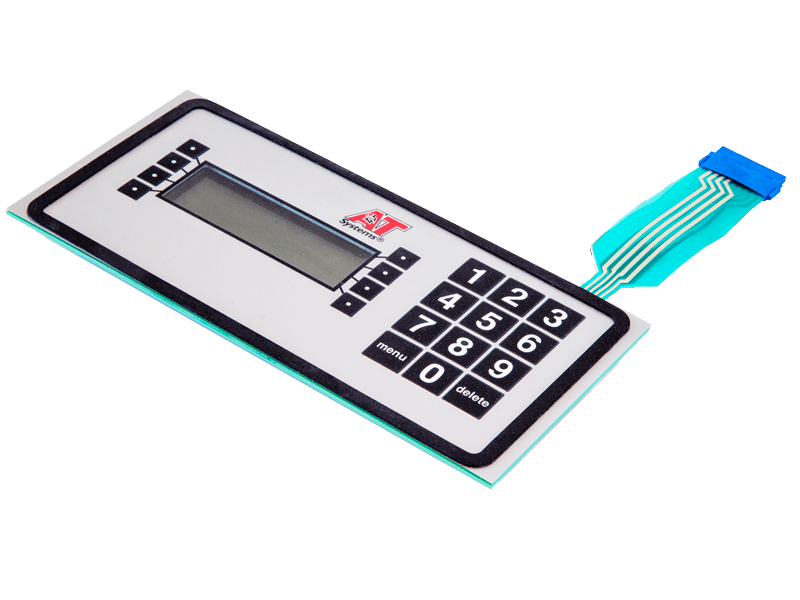Selecting the right membrane switch manufacturer can positively impact your product's performance.
All Regarding Membrane Layer Switch: Comprehending Its Design and Functionality
When you assume about the control interfaces in modern tools, membrane buttons commonly enter your mind. These parts are greater than just switches; they blend style and capability effortlessly. Comprehending exactly how they function and what makes them reliable can alter your perspective on day-to-day electronics. There are subtleties to their style and efficiency that you could not be mindful of. Let's discover what collections membrane changes besides various other control systems.
What Are Membrane Layer Switches?

Their smooth nature makes them very easy to tidy and resistant to dust and dampness, an essential function in several environments. Membrane buttons can likewise be personalized regarding form, size, and graphics, enabling makers to develop special user interfaces tailored to specific items. And also, they're light-weight and thin, which assists in minimizing the overall mass of tools. Overall, membrane layer buttons play a significant duty in boosting individual experience across a vast selection of applications.
Exactly How Membrane Layer Switches Work
When you press a secret on a membrane switch, it turns on a straightforward yet efficient mechanism. membrane switch manufacturer. The leading layer, commonly made of flexible product, pushes down onto a conductive layer under it.
You'll see that the responsive responses differs based upon the button layout, supplying either a soft click or a much more obvious action. Once you release the secret, the membrane go back to its original setting, resuming the circuit and stopping the signal. This procedure occurs nearly instantly, ensuring a receptive individual experience.
Membrane switches are preferred because of their resilience and resistance to dust and moisture, making them excellent for various applications, from family devices to medical tools. Understanding this operation helps you value their widespread use.
Trick Elements of Membrane Buttons
Comprehending the key components of membrane switches is fundamental for realizing their performance and style. At the core, you'll find the visuals overlay, which gives the visual interface for customers. Underneath that, there's a spacer layer that divides the circuit layers, making certain that they do not make contact up until pushed. The circuit layer is where the magic takes place; it contains conductive traces that finish the circuit when you push the button. An additional essential aspect is the glue backing, allowing the button to adhere to surface areas securely. The safety layer shields against environmental variables and put on, expanding the button's life expectancy. Each part plays a substantial duty in guaranteeing dependable performance and user interaction. By recognizing these elements, you'll acquire insight into exactly how membrane layer changes operate and their importance in numerous applications.
Products Made Use Of in Membrane Change Design
The performance and durability of membrane switches over greatly depend on the materials made use of in their layout. You normally encounter polyester and polycarbonate as primary substrates as a result of their excellent stamina and flexibility. These products stand up to scratches and chemicals, making them optimal for demanding settings.
The conductive layers often use silver or carbon, chosen for their this hyperlink reliability and conductivity. membrane switch manufacturer. Silver provides superior performance, while carbon is a cost-effective alternative. For the overlay, you may consider a matte or glossy finish, depending upon your aesthetic requirements and customer experience
Make particular to pick adhesives that hold up against ecological elements like temperature and moisture. Selecting the appropriate products will certainly guarantee your membrane layer switch stands the test of time.
Style Considerations for Membrane Buttons
While designing membrane layer buttons, it's crucial to think about different factors that influence their capability and user experience. Begin by concentrating on the design and switch size; make sure they're user-friendly and easy to browse. Think about the responsive responses you want to supply-- will users need a recognizable click or a softer touch? In addition, assume regarding the materials you'll utilize, as they'll impact sturdiness and aesthetics.
Validate your layout accommodates environmental aspects, like wetness or temperature variations, which can influence performance. By thoroughly thinking about these aspects, you'll produce a membrane layer button that enhances use and fulfillment.
Applications of Membrane Layer Switches
Membrane layer buttons are flexible components discovered in numerous applications, from industrial devices to customer electronic devices. You'll see their influence in devices that require sturdy user interfaces and in tools that gain from sleek layouts. Recognizing these applications aids you value the functionality and functionality of membrane layer switches in day-to-day modern technology.
Industrial Tools Use
When you're looking to boost the performance of industrial devices, membrane buttons supply a reputable service that integrates sturdiness with straightforward design. These switches are ideal for harsh atmospheres, supplying resistance to dirt, dampness, and chemicals. Accept membrane switches to streamline your operations and improve overall efficiency.
Consumer Electronic Devices Combination
In the domain of customer electronics, membrane layer switches play an essential duty in boosting individual interaction and device capability. Membrane buttons likewise guarantee resilience and resistance to dust and dampness, prolonging the life expectancy of your electronic devices. By choosing membrane switches, you improve not just the capability but also the style of your tools, making day-to-day communications smooth and enjoyable.
Benefits and Disadvantages of Membrane Buttons
While membrane switches supply a range of advantages, they additionally come with some drawbacks that you must consider. One substantial benefit is their small layout, making them ideal for space-constrained applications. They're likewise cost-efficient, offering a sturdy service with a reduced production cost. Additionally, their smooth surface is simple to clean, improving hygiene in atmospheres like healthcare facilities.

Membrane layer buttons can have a much shorter lifespan contrasted to mechanical buttons, particularly under hefty use. They can also be less responsive, which might impact customer feedback throughout operation. Stabilizing these pros and disadvantages will certainly help you identify if membrane layer switches are the ideal fit why not try here for your task.
Often Asked Inquiries
How Lengthy Do Membrane Switches Over Typically Last?
Membrane changes usually last in between 5 to 10 years, depending on usage and ecological conditions. You'll intend to examine aspects like wear, direct exposure to dampness, and temperature changes to determine their long life effectively.
Can Membrane Switches Over Be Customized for Details Styles?
Yes, you can customize membrane layer buttons to fit particular styles (membrane switch manufacturer). You'll have the liberty to choose colors, forms, and formats that match your task's demands, guaranteeing they blend perfectly with your total aesthetic
What Is the Expense Range for Membrane Switch Production?
The cost range for membrane button production typically falls in between $1 and $10 each, relying on factors like design intricacy, amount, and products. You can get quotes from manufacturers to find the most click for source effective choice.

Are Membrane Changes Waterproof or Resistant?
Membrane layer switches can be made to be water-proof or immune, depending upon products made use of and construction techniques. If you need them for damp atmospheres, ensure you define those requirements during the style process.
Just How Do Membrane Layer Switches Contrast to Typical Buttons?
Membrane switches are normally thinner and more flexible than typical switches, using a streamlined style. They're commonly easier to cleanse and integrate, but could not provide the responsive comments you're used to with mechanical options.
Verdict
